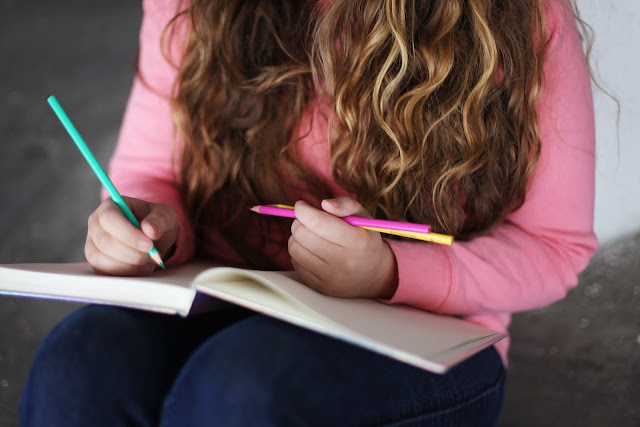Create a Daily Learning Schedule
Parents can help their children stay focused and on track to learn by starting with a daily learning schedule. During regular classroom learning, kids follow a structured schedule, with each class occurring at a specific time and breaks built in. Parents should aim to mirror this schedule that's already in place. They can also schedule short rests after each time block of learning and add recess and lunch for brain breaks.Keep Kids Reading and Practicing Math
Distance learning during a pandemic may be pared down from the typical academic demands of the classroom. Two subjects that shouldn't be as limited are math and reading. Keep children practicing their math and reading skills as much as possible to support literacy and number sense. If your school district has partnered with a education company, you can check your child's current grasp of math and reading with assessments such as i-Ready levels to help pick appropriate books and math activities for practice.Use Real-Life Situations for Learning
Homeschooling gives parents and students opportunities for unique learning styles and situations. Instead of limiting lessons to traditional worksheets and activities, parents can help keep their children engaged with real-life learning opportunities. For math, this could include measuring ingredients while following a recipe. Science lessons could come from nature walks and observations about the outdoor environment. Physical education activities are easy to incorporate in a daily schedule. Add opportunities for movement for children each day, such as hiking, running, playing sports, or dancing.Visit Online Museums
While most in-person enrichment activities may be not possible right now, the internet offers a wealth of resources for young minds. Many museums around the world offer online virtual tours for free, allowing students to absorb educational information about a specific topic or historical time period in a new way. During the pandemic, some museums also offer in-depth virtual programming to help students develop enthusiasm about their studies. Students can see online zoos, aquariums, historical sites, and other museum exhibits from their computers.Look for Resources
While some educational districts are providing resources to families for online learning during the pandemic, such as i-Ready math and reading online instruction. Parents can take advantage of the many new resources that are being offered during this time period for free or at a reduced cost. Numerous online educational services are allowing parents and students to access their materials and support academic goals.Don't Forget Self Care
Finally, the stress of juggling learning and working from home can be tough on families. Families should aim to create a healthy balance of engaging learning tasks and other activities that are essential for self care. Kids still need time to unwind, play, and socialize with friends. Parents also need a break from being the homeschool teacher and caretaker. It's vital for families to schedule downtime and relaxation days to keep the family dynamic positive and healthy.When students return to the physical classroom, they still need to have the required math and reading skills to keep them working successfully. Parents can take on some of this responsibility and help children maintain skills and make even more progress in literacy and math.

